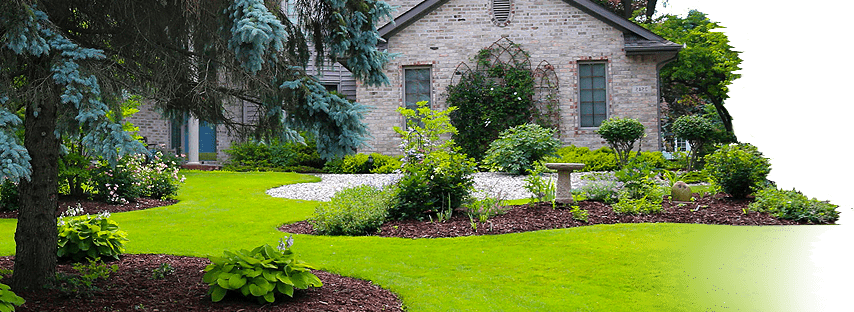 The first time you get a house of your own, pest and weed control can be a challenge. Sometimes it’s best to take pointers from the professionals and get integrated weed management right the first time around.
The first time you get a house of your own, pest and weed control can be a challenge. Sometimes it’s best to take pointers from the professionals and get integrated weed management right the first time around.
Here are the pest and weed control basics to keeping your lawn in good order.
Pre-emergent applications clear up weeds before their seeds germinate.
Your entire lawn normally receives this liquid spray application. If you are going to DIY, you can purchase a pre-emergent mix, granule, or spray that attaches to your garden hose.
Pre-emergents have the potential to keep your yard mostly weed free, but they’re not often used effectively. Assuming the ground is too cold for seed germination is a common reasons homeowners call for services too late in the season. In Cumming, GA, this can happen by early February so it’s important to start pre-emergent treatments early in the year and then repeated roughly four weeks later. Use pre-emergents again two more times in the fall. Post-emergent applications take care of existing weeds.
Because seeds can travel to your lawn through neighboring properties, through the air, on pet hair or on guests’ clothes and shoes, you run the risk of developing weeds at some point. Post-emergent applications focus on existing problems, like comprehensive or spot treatments. These are typically liquid applications, though there are DIY products available in granule or liquid form. The weather may play a large role in which treatment is most appropriate.
Post-emergent applications start in winter with a comprehensive treatment for grass and broadleaf weeds. Repeat the treatment again in four and eight weeks. Following every four weeks through early fall, homeowners should apply spot treatments to any problem areas found in the yard. Beginning in October, two comprehensive treatments should be applied, four to six weeks apart.
Fertilizer promotes hearty growth of the plants you want in your yard.
Both pre- and post-emergent treatments place a certain amount of stress on your lawn. It’s important to balance that out with high quality fertilizer, which not only helps your lawn look lush and beautiful but also keeps it healthy enough to find off pests, weeds and disease. Fertilizers can be liquid or granule, and DIY products often combine fertilizer with other lawn treatments.
For pest and weed control, apply fertilizer in early spring and then every four to six weeks through late fall. A balanced liquid or granule treatment can help improve your lawn’s color, while slow-release products will ensure your lawn is always protected.
How much you should use of any pest and disease management product depends on its properties, the weather, the problems you’re dealing with and the size of your yard. Many of them have unique specifications too, so it’s important for DIYers to do their homework. Using them incorrectly can endanger your health or burn your lawn.
Expert Pest and Weed Control with Middle Tennessee Lawn Service Lawn Service
Call the experts at Middle Tennessee Lawn Service today at (615) 956-8015 for expert pest and weed control. Get yourself a gorgeous lawn without the sweat.






